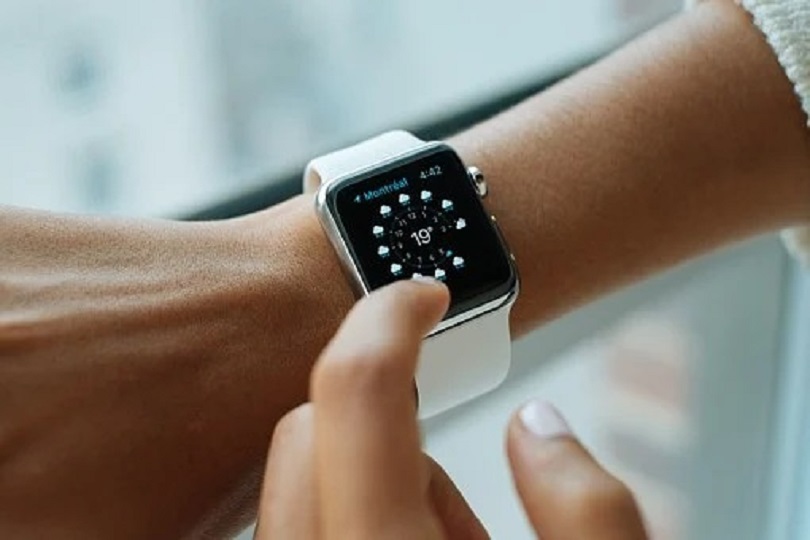What is video streaming and how does it work?
What is going on behind the scenes at therecording a video ? How does it reach a potential audience? In this blog, we’ll first give a simple overview of the video streaming process and then discuss the different types of streaming (live and on-demand). Finally, we’ll briefly discuss the different technologies used for video streaming and how you can leverage them to deliver video to your potential audiences. The goal of this blog is to help you better understand the video streaming market, so that you can then better choose the apps that are best for you.
Contents
What is video streaming?
We talk about video streaming when viewers can watch a video over the Internet without downloading it, through a browser or an application. In much more detail, video streaming is the streaming of video files in chunks, one after another, from the server to the client device. Video streaming is what happens when you watch a series on Netflix. Even when you watch Netflix using a VPN, the process remains the same. The only difference is in the data transmission. Some series and movies are banned in many countries, but using a VPN you will have access to all available programs.
What is the video streaming process?
The process of video streaming is not new and has been around as a concept for decades. Academic and industrial research has been carried out on different ways video streaming takes place. However, based on research and our experience with video streaming, the process, in its simplest form, is as follows:
- Capture: video is captured from a camera;
- Encoding: the video is then converted from raw formats to compressed digital formats so that it can be easily transmitted over the Internet;
- Transmission: The video is transmitted from the point of capture to the user, via the Internet. In order for the video to be streamed, it is broken down into small chunks and then transmitted through a video streaming protocol. This process usually takes place in a video streaming server;
- Decoding: the video is decompressed into playable formats. This step may not be necessary if the file was delivered in a compatible format;
- Display: The viewer can then view the video from an application or a web player (for example, HTML5 Player).
How is video streaming different from downloading?
In the case of downloading, the video file is fully downloaded to the user’s device for playback. In the case of video streaming, the video is loaded in chunks rather than in its entirety. For video streaming, parts of the video are encoded, transmitted and decoded. So when a user plays part of a video, the next part of the video goes through the streaming process, just in time to be ready when the user has finished watching the first part. This way, the user enjoys minimal loading (or buffering) time when watching a video.
The size and duration of the songs depend on the video streaming protocol used. For example, the HLS protocol creates chunks about the size of a byte that are approximately 10 seconds long. A good example is the difference between watching a video on Google Drive and YouTube. When you want to watch a video on Google Drive, you need to download the whole video. Unlike YouTube, where the video is streamed and you can watch it easily.
What are the different types of video streaming?
Real-time encoding
Real-time encoding refers to video that is recorded from a capture device (camera) and streamed to a user in real time. Simply put, it is live streaming or video conferencing solutions (online meeting). YouTube live and Zoom are examples.
Pre-encoded
Pre-encoded video streaming is the delivery of pre-recorded and stored video to a user upon request. Simply put, this is video-on-demand delivery, much like YouTube. In the case of pre-encoded video streaming, an extra step is added where the videos are stored. These videos are then retrieved by a player, as and when required.



